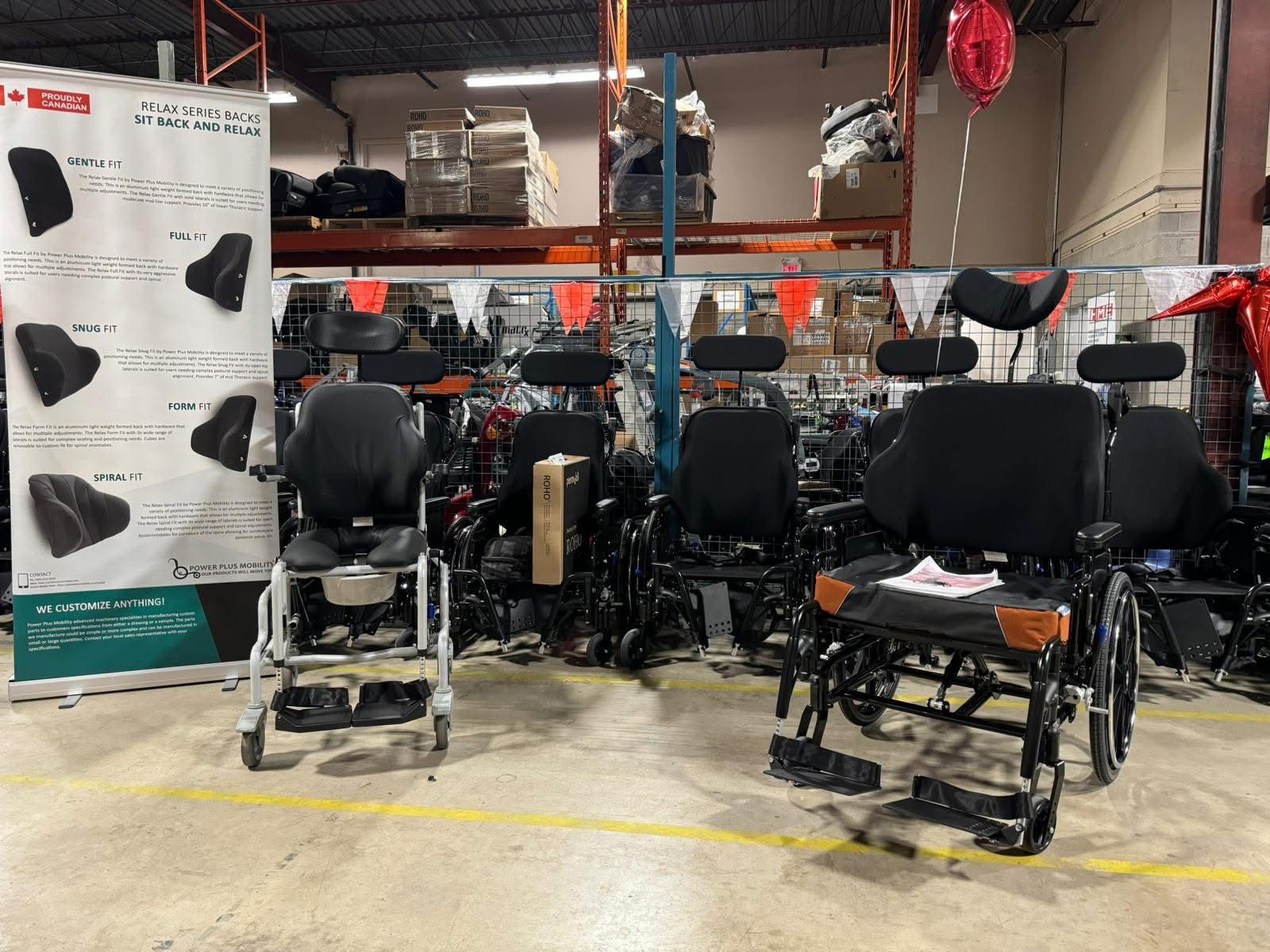
For wheelchair users who share their homes with beloved pets, maintaining the integrity and functionality of mobility equipment while enjoying the companionship of furry, feathered, or scaled friends presents unique challenges. Pet-related wheelchair damage can range from minor scratches to serious mechanical failures, making proper protection strategies essential for both safety and equipment longevity.
1. Understanding Common Pet-Related Wheelchair Damage
1.1 The Three Main Types of Physical Damage
The most frequent types of pet-related wheelchair damage occur through direct contact. Cats and dogs can inadvertently damage wheelchair components by getting caught in spokes, scratching upholstery, or causing accidental impacts. Small pets may chew on wheelchair components, while larger animals might lean against or bump into the wheelchair, potentially causing misalignment or component damage.
Type 1: Wheel and Spoke Damage – Pet tails, leashes, or small animals can become entangled in wheelchair spokes, potentially causing injury to pets and damage to wheel mechanisms. This type of damage can affect wheel alignment and create safety hazards.
Type 2: Upholstery and Padding Issues – Pet claws can tear seat cushions, backrest padding, and armrest covers. Additionally, pet hair accumulation can clog mechanical parts and create hygiene concerns.
Type 3: Electronic Component Risks – For power wheelchair users, pets pose additional risks to sensitive electronic components. Moisture from pet accidents, chewing damage to wiring, or interference with control systems can result in costly repairs and temporary loss of mobility.
2. Essential Protection Strategies for Pet Owners
2.1 Creating Physical Barriers (The First Line of Defense)
Step 1: Protective Covers and Guards – Invest in removable protective covers for wheelchair upholstery and padding. These washable barriers prevent direct contact between pet claws and expensive wheelchair components while making cleaning significantly easier.
Step 2: Wheel Guards – Install spoke guards or wheel covers to prevent pets from getting caught in moving parts. These protective devices also prevent small objects and pet toys from interfering with wheel mechanics.
Step 3: Electronic Protection – For power wheelchairs, consider protective covers for control panels and battery compartments. Waterproof covers can prevent damage from pet accidents while maintaining accessibility for daily use.
2.2 Environmental Modifications (Creating Safe Spaces)
Strategy A: Strategic Space Planning – Rearrange furniture to create clear pathways and install non-slip flooring to improve wheelchair maneuverability while reducing collision risks with pets. This benefits both wheelchair navigation and pet safety.
Strategy B: Designated Pet Areas – Create specific zones where pets can play safely without interfering with wheelchair accessibility. Use pet gates to section off areas during wheelchair maintenance or when storing the chair.
Strategy C: Elevated Storage – When not in use, store removable wheelchair components like cushions, armrests, or chargers in elevated locations where pets cannot access them.
3. Maintenance Protocols for Pet-Owning Wheelchair Users
3.1 The Daily-Weekly-Monthly System
Regular maintenance consisting of ensuring nuts and bolts are properly adjusted, cleaning moving parts, and inspecting for wear can prevent many accidents and malfunctions. For pet owners, this routine becomes even more critical.
Daily Check (5 minutes):
- Remove pet hair from wheel wells, brake mechanisms, and folding joints
- Quick visual inspection for any obvious damage or loose components
- Check battery levels (for power wheelchairs)
Weekly Deep Clean (15-20 minutes):
- Thorough cleaning with mild soap and water
- Focus on hidden areas like joints and folding sections where pet hair accumulates
- Inspect upholstery for tears or excessive wear
- Test all moving parts for smooth operation
Monthly Professional Assessment:
- Component lubrication to reduce friction between moving parts
- Tire pressure and tread inspection
- Electronic system diagnostics (for power chairs)
- Professional consultation if needed
3.2 Professional Maintenance Scheduling
Make plans to have the wheelchair serviced completely by a wheelchair maintenance expert once a year. For pet owners, consider increasing this frequency to every six months due to additional wear factors.
If you need professional maintenance services or have questions about protecting your wheelchair, don’t hesitate to contact us for expert guidance tailored to your specific situation.
4. Training Pets for Wheelchair Safety
4.1 The Three-Phase Introduction Process
Phase 1: Visual Familiarization (Days 1-3)
- Place the stationary wheelchair in your pet’s environment
- Allow pets to sniff and investigate at their own pace
- Reward calm, curious behavior with treats
Phase 2: Movement Introduction (Days 4-7)
- Begin slow, supervised wheelchair movement
- Use positive reinforcement when pets maintain safe distances
- Practice basic commands like “stay” and “move”
Phase 3: Full Integration (Week 2+)
- Gradually increase normal wheelchair activity
- Monitor pet behavior for stress or anxiety
- Establish consistent safety routines
4.2 Managing Multi-Pet Households
In homes with multiple pets, additional considerations apply. Some wheelchair users report that pets quickly learn to avoid moving wheelchairs after minor incidents, though this learning process requires patience and consistent training.
Rule #1: Supervision Requirements – Never leave pets unattended around wheelchairs, as there’s a chance equipment could become stuck or tip over during pet interactions.
Rule #2: Individual Pet Needs – Different types of pets require different approaches. Cats may need elevated pathways to avoid floor-level wheelchair traffic, while dogs might benefit from specific training commands related to wheelchair movement.
Emergency Preparedness and Quick Fixes
Common Emergency Scenarios
Pet Entanglement: Know how to quickly and safely remove pets from wheelchair components without causing injury. Keep appropriate tools readily available for emergency situations.
Fluid Damage: Pet accidents require immediate attention to prevent permanent damage to upholstery and electronic components. Keep cleaning supplies specifically designated for wheelchair maintenance easily accessible.
Component Displacement: Pets can accidentally knock wheelchair parts out of alignment. Learn to identify and address minor adjustments while knowing when professional help is necessary.
Building a Support Network
Establish relationships with local wheelchair maintenance professionals who understand the unique challenges faced by pet-owning wheelchair users. For technical support and service recommendations, visit our support page where our team can connect you with qualified professionals in your area.
Additionally, connect with other wheelchair users in your community through our dealer locations to share experiences and learn from others who successfully manage pets and wheelchairs.
Technology Solutions for Modern Challenges
Smart Monitoring Systems
Modern technology offers innovative solutions for protecting wheelchairs from pet damage. Smart sensors can detect when pets are near the wheelchair, alerting users to potential interactions. Some advanced power wheelchairs include pet-detection features that automatically slow or stop the chair when small animals are detected nearby.
Material Innovations
New wheelchair materials offer improved resistance to pet-related damage. Antimicrobial fabrics resist odor retention from pet accidents, while reinforced upholstery materials provide better resistance to claw damage.
Scratch-Resistant Surfaces: Modern wheelchair frames often feature powder-coated finishes that resist scratching from pet claws and are easier to clean.
Water-Resistant Electronics: Advanced power wheelchairs increasingly feature better water resistance, protecting against pet accidents and making cleanup easier.
Long-Term Cost Considerations
Preventive Investment vs. Repair Costs
Wheelchair breakdowns can injure wheelchair users and limit mobility and social participation, while poor maintenance increases costs for repairs and replacement. For pet owners, investing in protective measures proves more cost-effective than reactive repairs.
Insurance Considerations: Some insurance policies may not cover pet-related damage to durable medical equipment. Understanding your coverage helps inform protection investment decisions.
Warranty Protection: Pet damage may void manufacturer warranties. Proper protection strategies help maintain warranty coverage while extending equipment life.
Budgeting for Pet-Related Wear
Factor additional maintenance costs into your mobility equipment budget. Pet-owning wheelchair users typically experience 20-30% higher maintenance costs due to accelerated wear and additional cleaning requirements.
Building a Pet-Friendly, Wheelchair-Accessible Home
Design Principles
Creating a harmonious environment for both wheelchair use and pet ownership requires thoughtful design. Consider flooring materials that provide good wheelchair traction while being easy to clean after pet accidents. Install appropriate lighting to help identify pets in the wheelchair’s path, especially during evening hours.
Safety Integration
Integrate pet safety considerations into overall wheelchair safety protocols. Regular maintenance keeps wheelchairs in good repair and prevents many accidents and malfunctions that could affect both users and pets.
Emergency Planning: Plan ahead for emergencies such as brake failure or wheelchair malfunctions that could endanger pets in the vicinity.
Communication Systems: Establish clear communication methods to alert family members when wheelchair maintenance is needed or when pets need to be supervised more closely around the equipment.
Achieving Harmony Between Mobility and Pet Ownership
Successfully protecting wheelchairs from pet damage requires a comprehensive approach combining physical protection, environmental management, pet training, and consistent maintenance. The investment in proper protection strategies pays dividends in equipment longevity, safety, and peace of mind.
Up to 18% of wheelchair users experience wheelchair-related injuries each year, with many preventable through proper maintenance and safety protocols. For pet owners, these statistics underscore the importance of implementing comprehensive protection strategies.
Remember that protecting your wheelchair from pet damage isn’t just about preserving equipment—it’s about maintaining your independence, ensuring your safety, and continuing to enjoy the companionship of your beloved pets. With proper planning, training, and maintenance, wheelchair users can successfully share their lives with pets while protecting their essential mobility equipment.
The key lies in viewing pet ownership and wheelchair use not as conflicting needs, but as compatible aspects of a full, active lifestyle that can be harmoniously managed with the right strategies and support systems in place.
To visit our social media please click on Facebook and Instagram




